Introduction: 7 Unbreakable Workout Habit That Lasts

Building an unbreakable workout habit isn’t just about motivation—it’s about smart planning, realistic goals, and long-term consistency. Whether you’re just starting out or already deep into fitness, sticking to a daily exercise plan can completely change your body, energy, and mindset. But let’s be honest—most people start strong, then quickly lose steam and fall off track.
That’s why learning how to design a split training routine and understanding muscle group recovery is so important. With the right approach, your routine becomes part of your lifestyle, not just a phase. This guide will explore the benefits of daily strength training, how to stay consistent, and what actually works for building a routine that lasts.
Why a 7-Day Workout Plan Works (When Done Right)
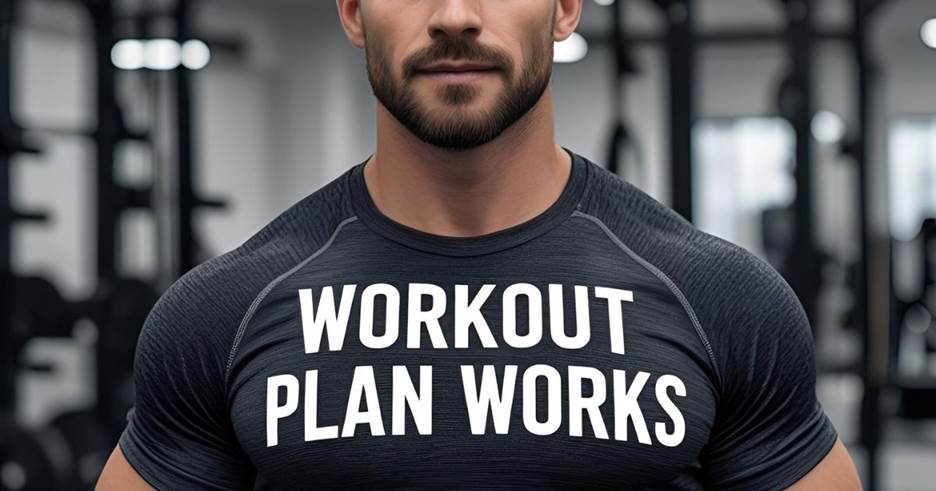
A well-structured 7-day plan builds discipline, which helps form lasting habits. When your body gets used to daily training recovery hacks, your energy and consistency improve. Each day’s workout keeps you engaged and motivated, especially when the plan includes different training styles.
The secret to making it work is smart programming. If you don’t manage training volume and workout fatigue management, daily workouts can backfire. But with proper rest and recovery, you allow your muscles time to repair and grow stronger.
Full Week Training Overview: What Each Day Should Target

A complete weekly workout plan includes a mix of strength, cardio, and recovery. This mix helps balance your progress and keeps you from getting bored. You’ll train different muscle groups, allowing proper muscle group recovery while still moving every day.
Think of your week in zones: legs, push muscles, pull muscles, cardio, and recovery. Using a push-pull legs split, upper lower split, or full body rohttps://quickfitfast.com/top-10-home-workouts-for-2025/utine keeps your sessions focused while spreading the load evenly.
The Science Behind Weekly Training Splits

Science supports split training. A split training routine gives your muscles time to recover while allowing daily sessions. It reduces the risk of injury while boosting gains. According to research, alternating days by body part supports both strength and hypertrophy.
This method also improves resistance training outcomes. By targeting fewer muscles per day, you can focus on compound vs isolation exercises, increase load, and boost programming effective gym workouts.
7-Day Workout Plan for Different Fitness Levels
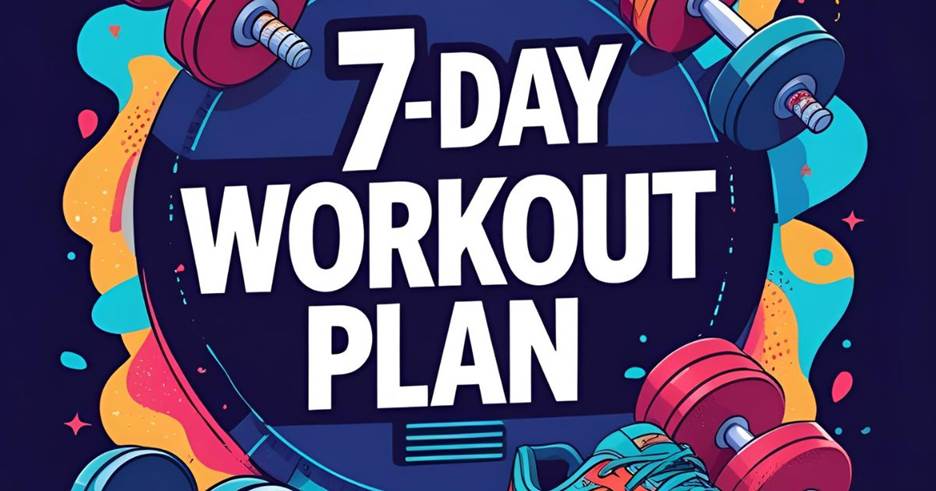
Everyone’s needs are different. That’s why we include split routines for beginner, intermediate, and advanced lifters. No matter your level, a sustainable training for busy people approach makes success easier.
By adjusting rest times, weights, and intensity, you’ll find your pace. Your fitness journey should feel like progress, not punishment.
Beginner-Friendly 7-Day Workout Split
New to the gym? Start with a beginner workout plan. Use light weights, focus on form, and try full body routine sessions. Your goal is to build confidence and establish rhythm, not exhaust yourself.
Daily movement helps create structure and discipline. Stick to bodyweight, bands, and basic machines while you build strength.
Intermediate-Level Weekly Split
If you’ve been training for 6+ months, shift to a push pull legs split or upper lower split. You’ll start using more volume, adding resistance training, and managing intensity.
This level is where you’ll notice physical changes. Make sure your fitness goal tracker keeps you accountable.
Advanced High-Intensity Weekly Plan
Advanced lifters benefit from an advanced bodybuilding routine. It involves heavy weights, supersets, and detailed muscle targeting. This style focuses on optimal workout split for bodybuilding.
You’ll train hard, but recovery matters. Follow muscle soreness management techniques and proper nutrition to keep improving.
The “Run Long, Stay Strong” Method: 7-Day Endurance + Strength Plan

This plan blends running and weightlifting. You’ll improve cardio, burn fat, and stay muscular. Running boosts endurance while lifting builds lean mass.
This hybrid training works best for fat loss and stamina. It also helps avoid burnout through variety. It’s great for athletes or anyone chasing total-body fitness.
Sample Weekly Workout Schedule (With Daily Breakdown)
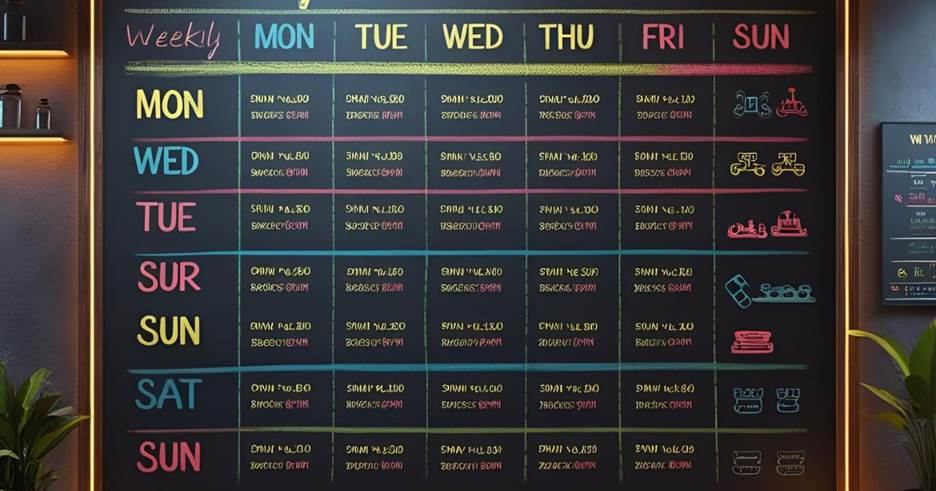
| Day | Focus | Description |
| Monday | Lower Body Strength | Squats, lunges, deadlifts |
| Tuesday | Cardio / Aerobic Endurance | Jog, cycling, or brisk walking |
| Wednesday | Push Day (Chest + Shoulders) | Bench press, overhead press |
| Thursday | Speed & Conditioning Drills | Sprints, jump rope, agility work |
| Friday | Pull Day (Back + Biceps) | Rows, curls, pull-ups |
| Saturday | Long Run or HIIT Circuit | 3-5 mile run or high-intensity intervals |
| Sunday | Active Recovery or Full Rest | Yoga, stretching, or sleep |
Signs You’re Overtraining: When to Rest or Reset
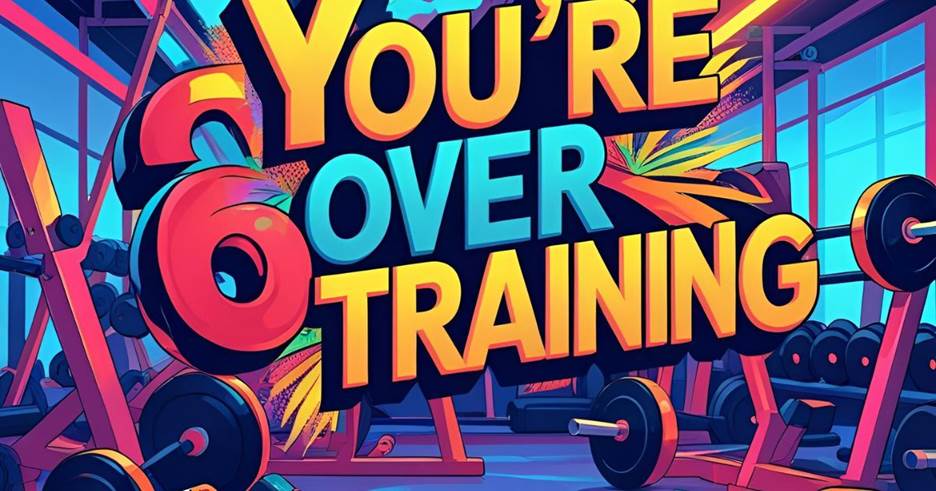
Too much exercise without rest can lead to signs of overtraining from daily workouts. If you’re always tired, sore, or moody, you may be doing too much. Recovery is just as important as training.
Listen to your body. Reduce your intensity or take a rest day if needed. Focus on recovery tips for daily training to bounce back stronger.
Warming Up Right: Injury Prevention and Muscle Activation
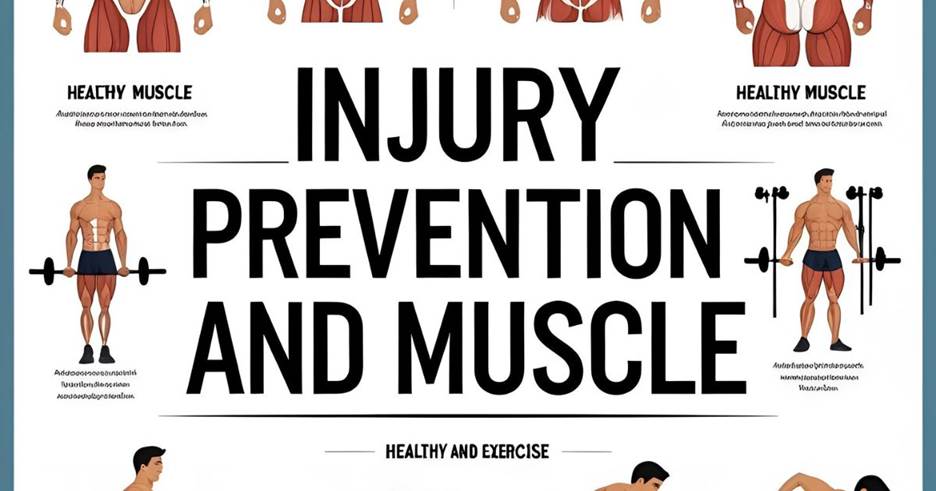
You must warm-up before lifting weights. This step increases blood flow and reduces injury risk. Start with 5–10 minutes of light cardio and mobility work.
Then activate key muscles with bodyweight movements. This primes your body for heavy lifts and improves performance.
Cardio + Strength: How to Combine Both in a 7-Day Plan
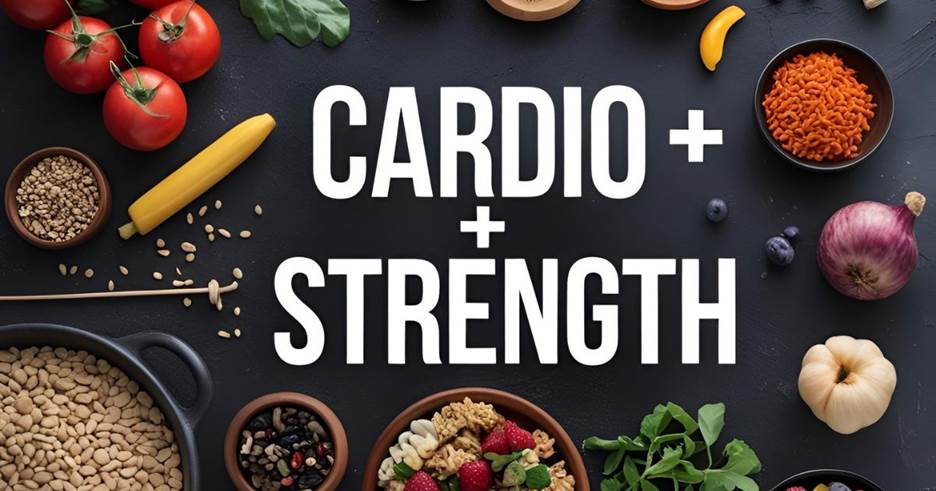
Many ask, should you do cardio on a split workout? The answer: yes, but smartly. Cardio should support—not sabotage—your lifting goals.
For muscle gain, keep cardio short and after weightlifting. For fat loss, add cardio on separate days. This keeps both systems working together.
Best Tools, Apps, and Training Programs to Track Your Progress

To stay motivated, use a track fitness progress app. Tools like Strong, MyFitnessPal, and Fibbed help log sets, reps, and meals.
Tracking lets you adjust your plan and avoid plateaus. It’s like having a digital coach in your pocket.
Best Supplements to Support a Weekly Split

For results, nutrition matters. Lifters often ask, how much protein for daily lifters? Aim for 0.8 to 1g per pound of bodyweight. Protein helps rebuild muscles and speed up recovery.
Other useful supplements include creatine, fish oil, and multivitamins. These support daily training recovery hacks and reduce inflammation.
How Celebrities Train on a 7-Day Routine
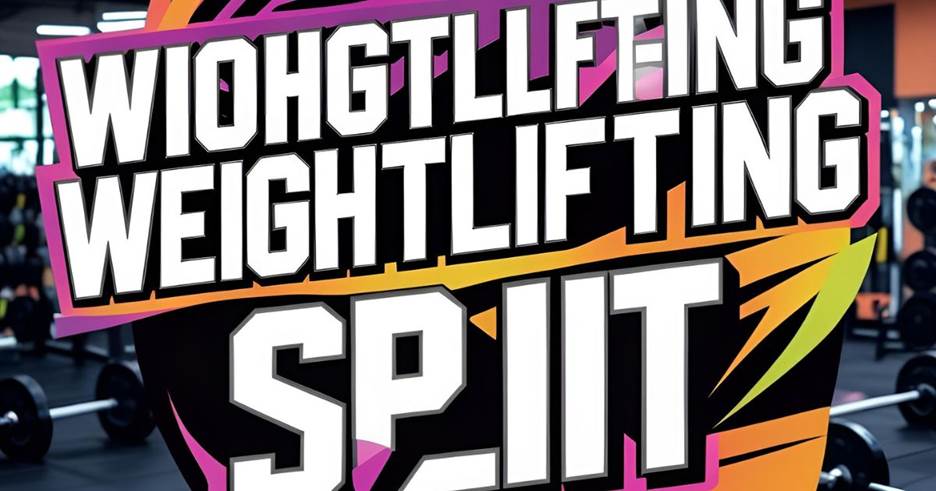
Stars like The Rock and Chris Hemsworth follow daily training too. Their routines combine lifting, cardio, and strict meals.
They adapt their plans to roles and body goals. You can do the same by following the same weightlifting split principles.
Weekly Meal Plan to Maximize Your Results
Eating smart fuels training. Here’s a sample weekly workout plan meal chart:
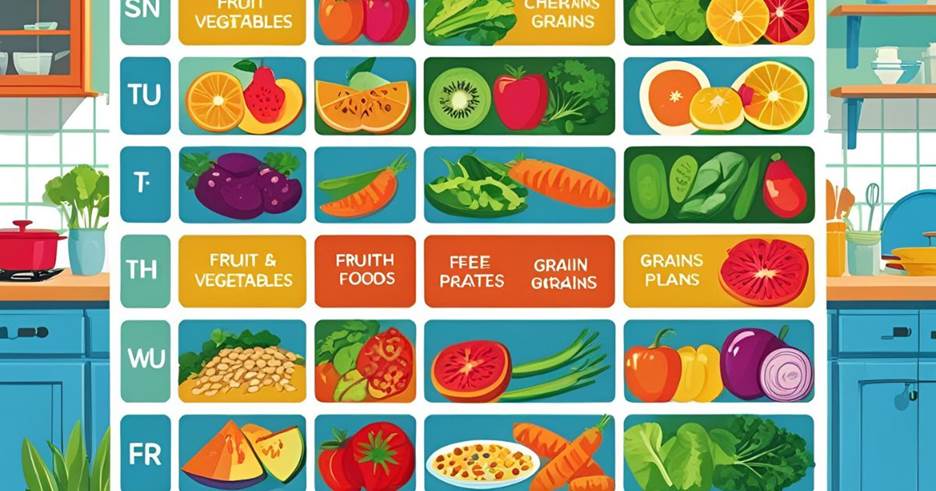
| Day | Breakfast | Lunch | Dinner |
| Monday | Oats + eggs | Chicken salad | Salmon + rice |
| Tuesday | Protein smoothie | Turkey sandwich | Chicken stir fry |
| Wednesday | Greek yogurt + fruit | Tuna wrap | Beef + quinoa |
| Thursday | Avocado toast | Grilled chicken wrap | Pasta + meatballs |
| Friday | Omelet + toast | Fish tacos | Steak + sweet potato |
| Saturday | Pancakes + berries | Chicken pasta | Tofu + veggies |
| Sunday | Protein pancakes | Burrito bowl | Veggie curry |
FAQs:
1. Does the Svelte 7-Minute Workout really work?
The Svelte 7-Minute Workout can help improve fitness and burn calories if done consistently, but it’s not a complete long-term solution for major transformation.
2. Does the 7-minute workout actually work?
Yes, the 7-minute workout is effective for improving cardio, strength, and flexibility—especially for beginners or people short on time.
3. What is the S7 Strong workout?
The S7 Strong Workout is a high-intensity, 7-minute resistance routine designed to target major muscle groups using body weight exercises.
4. What is the 7s workout?
The 7s Workout typically means doing 7 exercises in 7 minutes or using the 7-7-7 rep method to build muscle and endurance quickly.
5. How much is the 7-minute workout?
The 7-Minute Workout is often free via apps or websites, but some versions cost around $3 to $10 per month, depending on features.
6. What is a 7-7-7 workout?
A 7-7-7 Workout involves 7 bottom-half reps, 7 top-half reps, and 7 full-range reps of an exercise—popular in bodybuilding for muscle pump.



